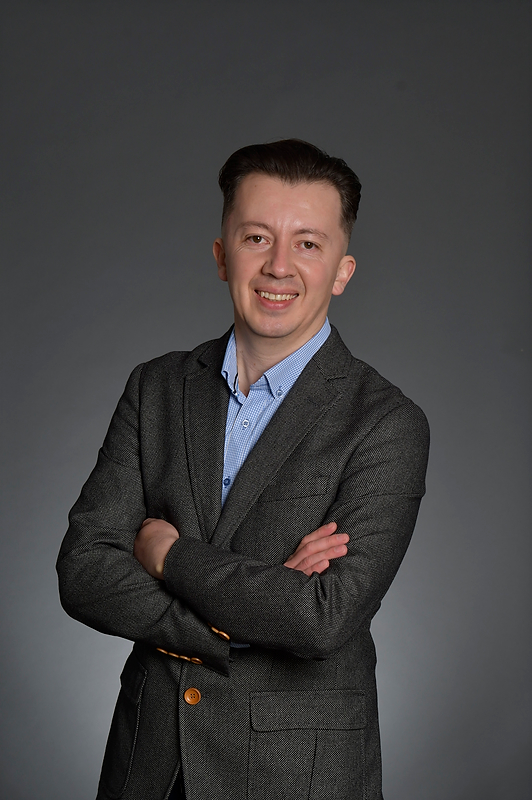Assoc. Prof. Harold Ruiz, University of Leicester, UK
Exceeding the 1000 character limit by more than 20%
Professor Harold Ruiz is the Head of the Green Energy and Transport Research Group (GrEaT) and Director of Electrical and Electronics Engineering at the University of Leicester in the UK. He got his diploma in Physics in 2004, working on the electron-phonon coupling mechanism of Low Temperature Superconductors. He holds a MSc in Condensed Matter Physics from the National University of Colombia (his home country), continuing with his numerical studies on the understanding of strongly correlated electron mechanism giving place to the kink effect in the Angle Resolved Photoemission Spectroscopies of High Temperature Superconductors, particularly in cuprates. Then, in 2018 he moved to the University of Zaragoza in Spain where he continued working in the numerical modeling of superconducting phenomena, but now more from the macroscopic and applied world, rather than the microscopic level. He holds from there a MSc on Physical Technologies for the use and designing of cryogenics systems, and a PhD in applied superconductivity. Then, he worked for the cryogenics lab at the Center for Advanced Power Systems of the Florida State University in USA, it before moving to the superconductivity labs of the Center for Advanced Photonics and Electronics systems of the University of Cambridge at the UK, between 2014-2015. Since then, he has been continuously working on the electromagnetic modelling and physical understanding of superconducting phenomena in HTS cables and HTS machines. He has participated in about 10 research funded projects accounting for circa $2.5M USD, all of them focused on diverse aspects of superconductivity and related cryogenics issues in the UK, US, and EU. Currently, Harold is one of the four Workgroup leaders of the European COST Action CA19108, High-Temperature Superconductivity for Accelerating the Energy Transition (Hi-Scale), reaching within his workgroup over 140 EU and UK researches working in the theme “From Superconducting Materials to Devices”.


